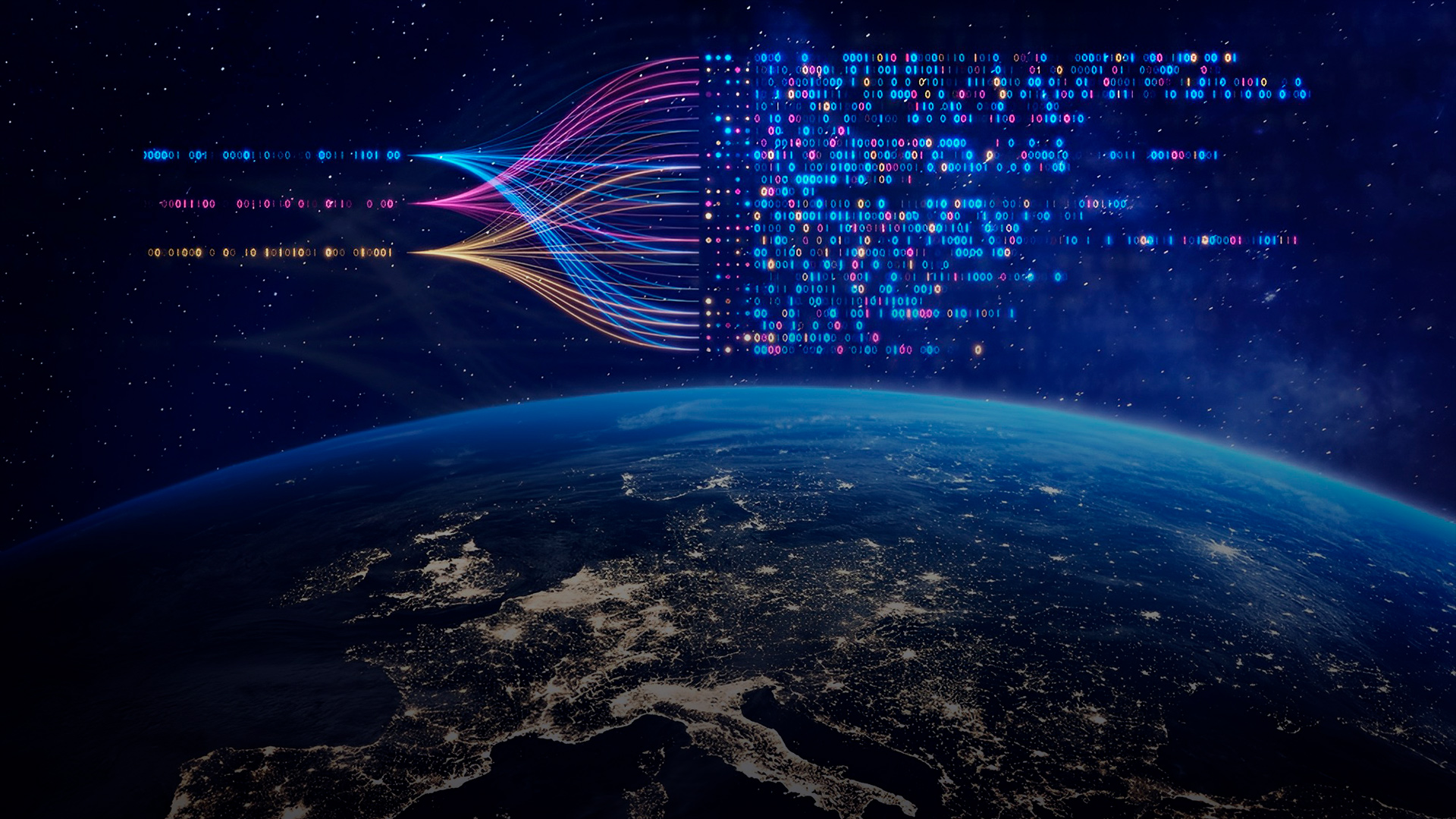Jelly – Digital Agency
The global economic and geopolitical landscape is undergoing a seismic transformation. For decades, the United States of America (USA) has played a key role in maintaining global order through its military, financial and economic dominance. This system has enabled the rapid globalisation of supply chains, energy markets and financial systems, fostering unprecedented economic growth and connectivity.
However, as geopolitical strategist Peter Zeihan suggests , this era of globalisation is coming to an end. According to a report by DowneLink (2025), the retreat of the US from its role as global guarantor of stability is forcing nations and industries to adapt to a fragmented and self-sufficient world order (DowneLink, 2025)
This change will have profound implications for digital marketing, technology and advertising agencies. These industries, which thrive on global connectivity and seamless supply chains, now have to navigate a world where regionalisation, self-sufficiency and geopolitical upheaval are redefining the rules of engagement. This article explores the impact of this global shift on these sectors and provides useful information for brands and agencies to adapt and thrive.
1. Geopolitical fragmentation and its implications for digital marketing
1.1 The end of globalisation and the regionalisation of markets
As the global order fragments, countries and regions will increasingly prioritise self-sufficiency. This change will disrupt the seamless global supply chains that have allowed brands to manufacture and distribute products on a large scale. For digital marketers, this means a shift from global campaigns to region-specific strategies. Brands will have to adapt their messages, products and services to the cultural, economic and regulatory nuances of each region.
For example, the rise of ‘digital sovereignty’ policies – in which countries impose restrictions on cross-border data flows and demand localised data storage – will force marketers to rethink their strategies. According to an EY study (2025), companies such as Google and Meta, which rely on global data to optimize advertising campaigns, could face significant challenges in regions with strict data localisation laws (EY, 2025).
1.2 Localised content and consumer involvement
The fragmentation of global markets will require a hyper-localised approach to content creation and consumer engagement. Digital marketers will need to invest in understanding the behaviour, preferences and cultural sensitivities of regional consumers. This will require leveraging advanced analytics and artificial intelligence (AI) tools to gather localised information and deliver personalised experiences.

For example, AI-driven tools can help marketers analyse regional trends and create targeted campaigns that resonate with local audiences. According to Gartner, by 2025, more than 60 per cent of supply chain leaders will have adopted AI tools to drive efficiency and adaptability (SupplyChains Magazine, 2025)
2. Technology and advertising agencies in a fragmented world
2.1. Supply chain disruptions and rising costs
The retreat of the US from its role as the world’s guarantor of stability will exacerbate supply chain disruptions. For technology companies and advertising agencies, this means higher costs for hardware, software and services. Agencies that rely on imported technology or outsourced talent may face delays, increased costs and regulatory hurdles.
To mitigate these challenges, agencies must diversify their supply chains and invest in domestic production and alternative supply routes. This approach is in line with the classic strategy of ‘not putting all your eggs in one basket’, as emphasised by MRINetwork (MRINetwork, 2025).
2.2. The rise of regional platforms
As global platforms such as Facebook and TikTok face regulatory scrutiny and potential bans in certain regions, regional advertising and social media platforms are likely to gain prominence. For example, China’s WeChat and Russia’s VKontakte have already established themselves as dominant players in their respective markets. Digital marketers and agencies must adapt by gaining experience on these regional platforms and must adapt their campaigns accordingly.

In addition, the rise of regional platforms will create opportunities for local advertising agencies to compete with the global giants. Agencies that can navigate the complexities of regional markets and present culturally relevant campaigns will have a competitive advantage.
3. The role of technology in overcoming geopolitical upheaval
3.1. AI and automation as drivers of change
Artificial intelligence and automation will play a key role in helping brands and agencies navigate the complexities of a fragmented world. AI-based tools can optimize supply chains, improve customer experiences and simplify operations. For example, AI can help brands predict consumer demand, manage inventory and personalise marketing campaigns.
According to a report by Publicis Sapient, companies that invest in advanced technologies and upgrade legacy systems will be better positioned to face the challenges of 2025 and beyond (Publicis Sapient, 2025).
3.2. Cybersecurity and data resilience
Artificial intelligence and automation will play a key role in helping brands and agencies navigate the complexities of a fragmented world. AI-based tools can optimize supply chains, improve customer experiences and simplify operations. For example, AI can help brands predict consumer demand, manage inventory and personalise marketing campaigns.

According to a report by Publicis Sapient, companies that invest in advanced technologies and upgrade legacy systems will be better positioned to face the challenges of 2025 and beyond (EY, 2025).
4. Opportunities in the midst of disruption
While the end of globalization presents significant challenges, it also creates opportunities for innovation and growth. Brands and agencies that can adapt to the new world order will be well placed to succeed.
4.1. Sustainability as a competitive advantage
As countries prioritise self-sufficiency, sustainability will become a key differentiating factor for brands. Companies that adopt sustainable practices, such as sourcing locally and reducing their carbon footprint, will appeal to environmentally-conscious consumers. This aligns with the wider trend of promoting sustainability in supply chains, as emphasised by Publicis Sapient (Publicis Sapient, 2025).
4.2. Creating regional competences
The fragmentation of global markets creates opportunities for agencies to specialise in regional markets. By developing their expertise in local cultures, languages and consumer behaviours, agencies can provide tailor-made solutions that resonate with regional audiences. This approach will be particularly valuable in emerging markets, where consumer demand is growing rapidly.
In short, the end of globalization marks a turning point for the digital marketing, technology and advertising industries. As the world moves towards regionalisation and self-sufficiency, brands and agencies must adapt to a fragmented landscape characterised by supply chain disruptions, rising costs and regulatory challenges. By adopting localised strategies, investing in advanced technologies and prioritising sustainability, companies can meet these challenges and seize new opportunities.
The key to success lies in agility, innovation and a deep understanding of regional markets. As Peter Zeihan’s predictions unfold, industries that adapt to the new world order will not only survive, but thrive in the face of disruption.









